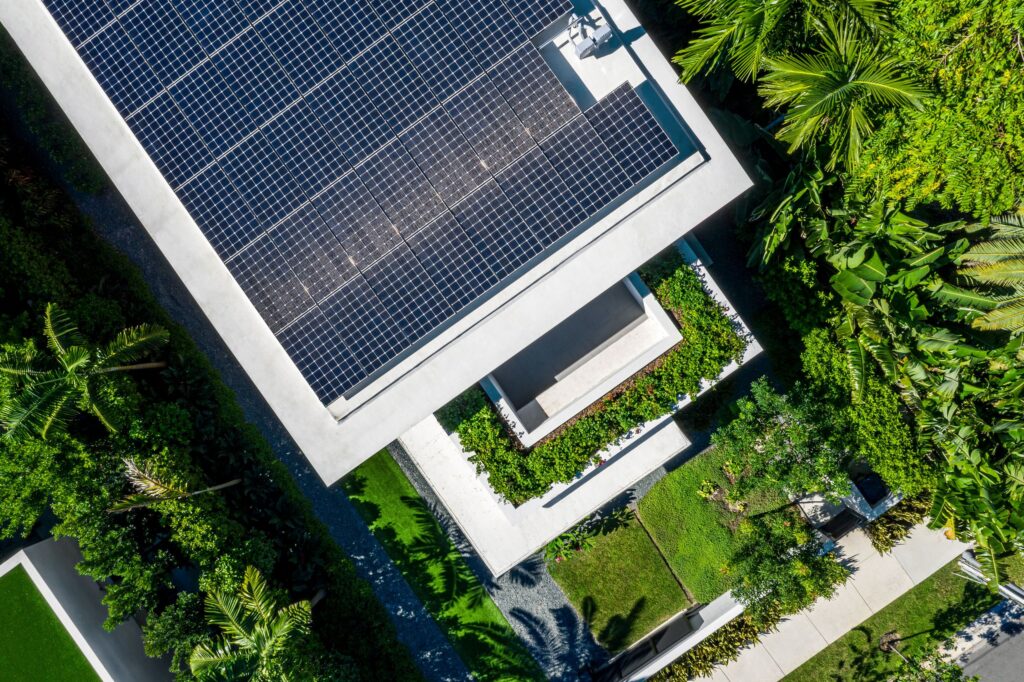
Tropical Climate Architecture Solutions: Innovative Design Approaches
Designing homes in a tropical climate requires a unique set of strategies to ensure comfort, sustainability, and resilience. The focus on tropical climate architecture solutions is becoming increasingly important as we strive for more environmentally friendly and energy-efficient homes. This article will explore various strategies and techniques that architects and home enthusiasts can utilize to create ideal living spaces in tropical regions.

Understanding the Challenges of Tropical Climates
Tropical climates are characterized by high temperatures, humidity, and heavy rainfall. These factors pose significant challenges in terms of building design and construction. To address these challenges, architects must consider ventilation, shading, and materials that can withstand the harsh conditions.
Importance of Natural Ventilation
One of the most crucial aspects of tropical climate architecture is ensuring proper natural ventilation. This strategy helps reduce heat and humidity indoors, enhancing comfort and reducing reliance on air conditioning. For more on this, visit Natural Ventilation.
Shading and Orientation Strategies
Effective shading and strategic building orientation can significantly impact energy efficiency in tropical climates. By positioning buildings to minimize direct sunlight exposure, architects can reduce indoor temperatures. Discover more about this at Building Orientation.
Utilizing Sustainable Materials
Incorporating sustainable materials into building designs is essential for creating resilient homes in tropical climates. Materials such as bamboo, recycled wood, and other locally sourced options are both eco-friendly and suitable for the environment. Explore more at Recycled Materials.
Durability and Longevity
Materials that can withstand the elements are crucial in tropical regions. Choosing components that resist moisture and decay ensures that homes remain durable over time.
Eco-friendly Roofing Options
Roofing choices play a significant role in maintaining indoor temperatures. Reflective and insulated roofs can help mitigate heat gain, contributing to a more comfortable living environment.
Innovative Design Features
In tropical climate architecture, innovative designs include features like open floor plans, high ceilings, and large windows. These elements facilitate airflow and provide natural light, reducing the need for artificial lighting and cooling.
Green Spaces and Landscaping
Incorporating green spaces and strategic landscaping can further enhance the microclimate around a home. Plants and trees provide natural cooling through shade and evapotranspiration.
Water Management Solutions
Effective water management is crucial in areas with heavy rainfall. Implementing rainwater harvesting systems and permeable surfaces can prevent flooding and reduce water waste.
Sustainable Living Practices
Beyond architecture, adopting sustainable living practices is vital for those residing in tropical climates. This includes using energy-efficient appliances, reducing water consumption, and embracing renewable energy sources.
Community Involvement and Education
Educating communities about sustainable practices and involving them in the design process can lead to more effective solutions tailored to local needs.
Policy and Support
Government policies and support can encourage the adoption of sustainable architectures and practices. Incentives for using green materials and technologies can drive broader implementation. For further reading, check out this UN Habitat report.
Case Studies and Examples
Examining successful case studies of homes and buildings in tropical climates can provide valuable insights and inspiration for new projects.
Examples from Around the World
Explore examples of innovative tropical architecture from regions like Southeast Asia, the Caribbean, and Africa to understand diverse approaches and solutions.
Lessons Learned
Learning from past projects can help architects and builders avoid common pitfalls and leverage successful strategies.
The Future of Tropical Architecture
As climate change continues to impact weather patterns, the need for resilient and sustainable architecture in tropical regions will grow. Innovations in technology and materials will drive new solutions and opportunities for home enthusiasts and professionals alike.
Embracing New Technologies
Advancements in building technologies, such as smart home systems and energy-efficient materials, will play a crucial role in the future of tropical architecture.
Global Collaboration
Global partnerships and knowledge sharing can accelerate the development and adoption of effective tropical climate architecture solutions.

FAQs
What are the key considerations for building in a tropical climate?
Key considerations include proper ventilation, sustainable materials, effective shading, and water management.
How does building orientation affect energy efficiency in tropical climates?
Strategic orientation minimizes direct sunlight exposure, reducing heat gain and improving energy efficiency.
Why is community involvement important in tropical architecture?
Community involvement ensures that solutions are tailored to local needs and encourages the adoption of sustainable practices.
This article contains affiliate links. We may earn a commission at no extra cost to you.